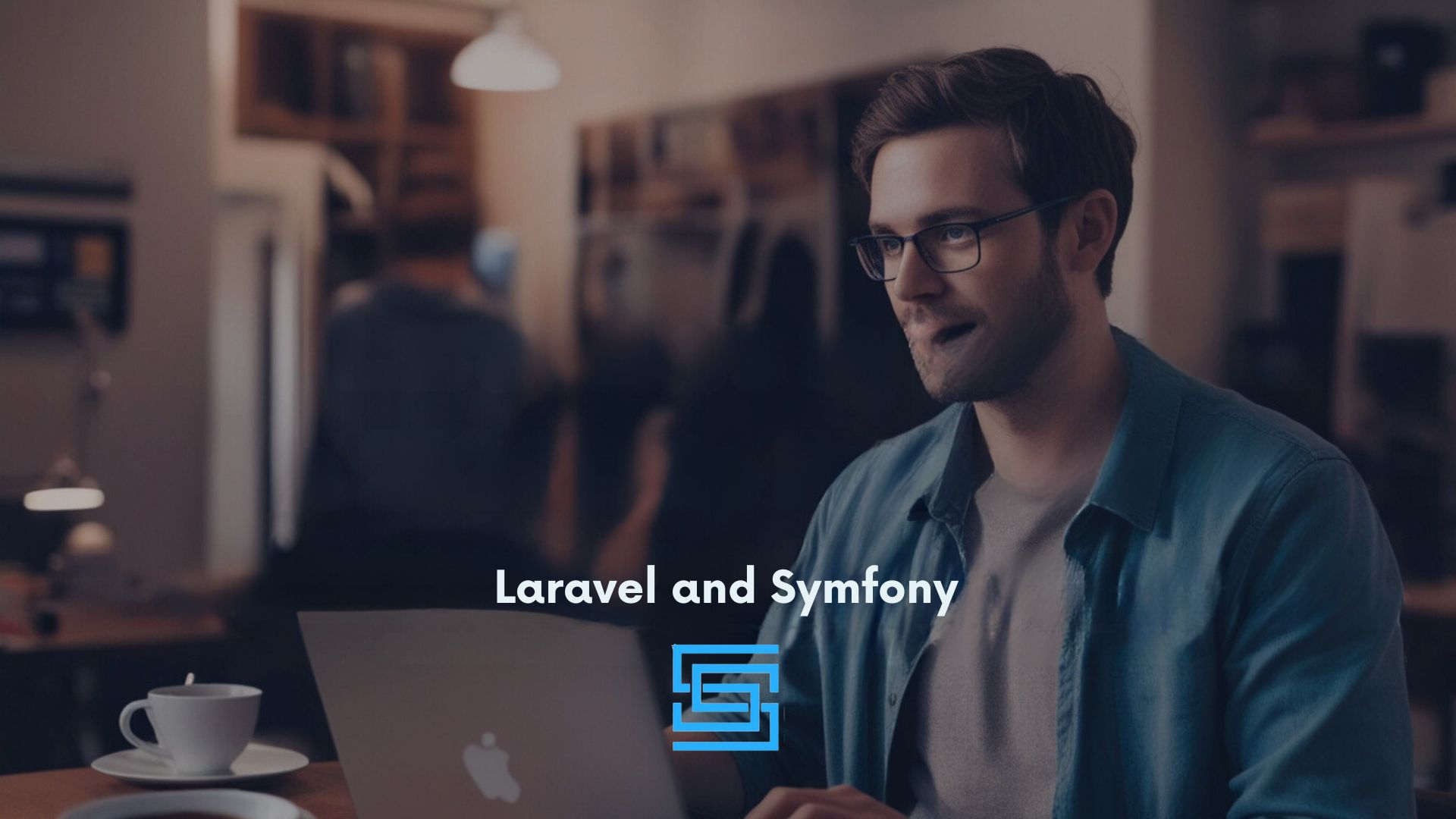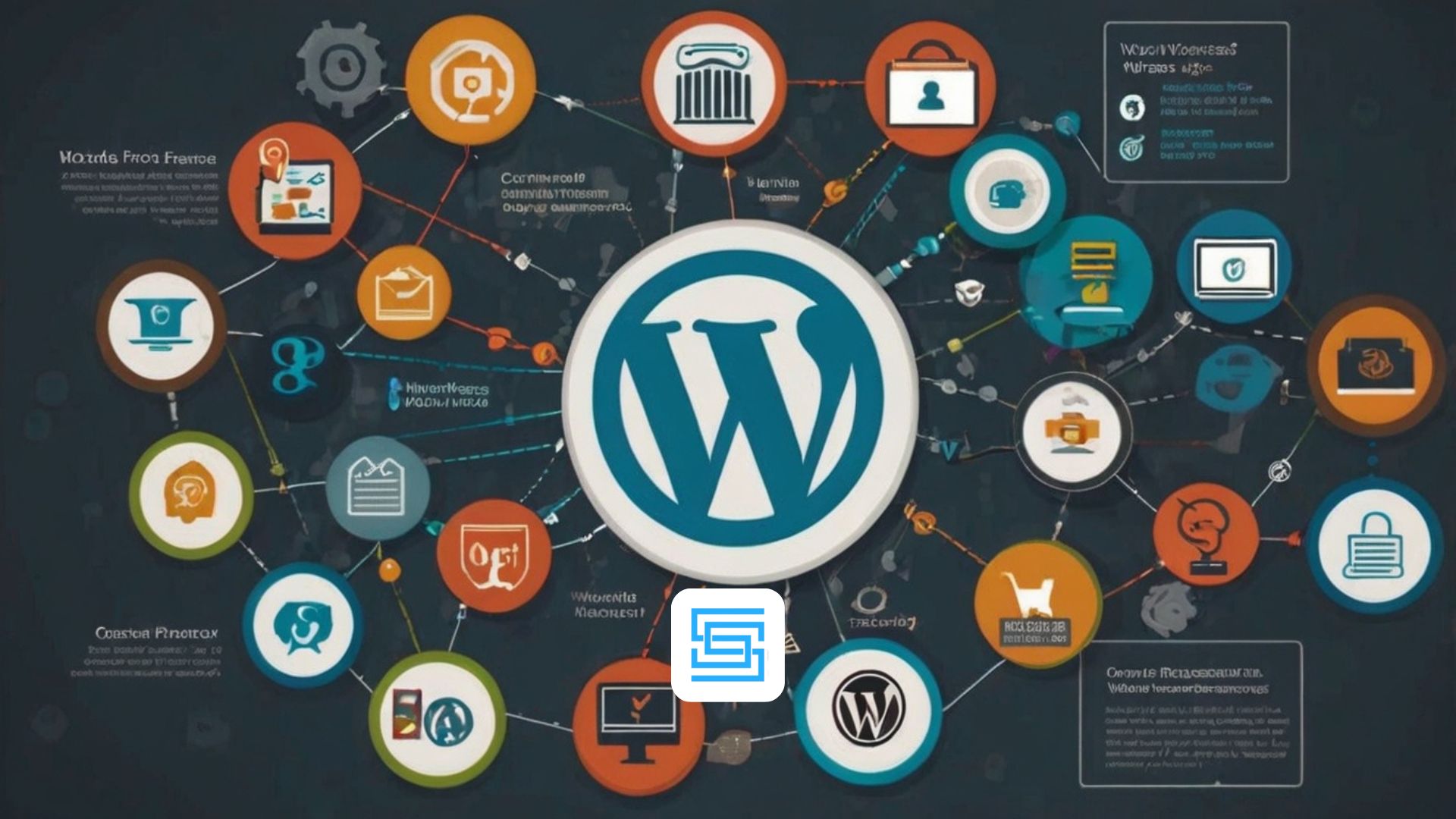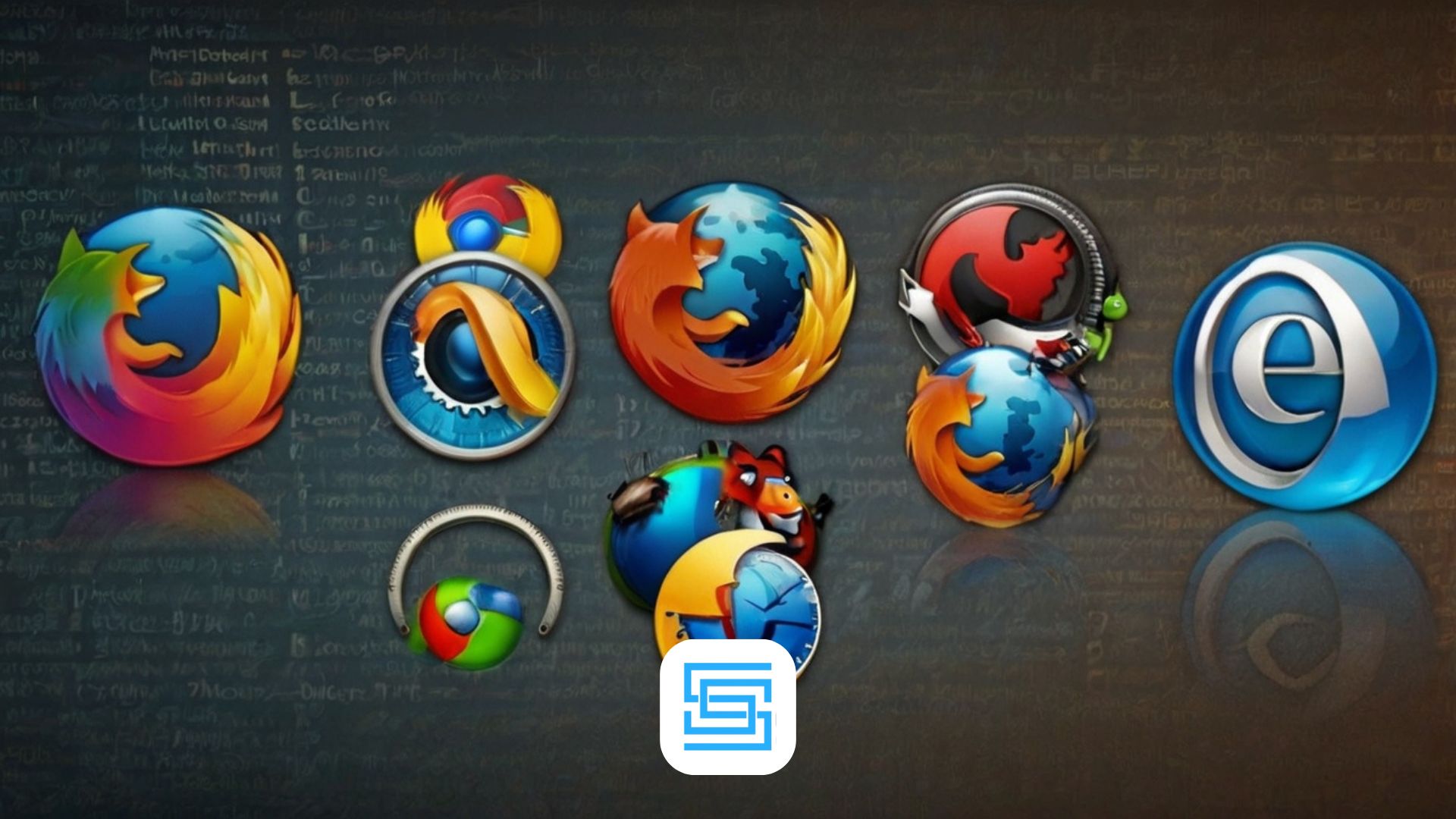In 2025, choosing the right framework for your web application development can be a subject of intense debate. Both Laravel and Symfony are powerful tools in the world of web development, offering unique features that cater to different needs. While Laravel is known for its ease of use and robust community support, Symfony stands out for its flexibility and scalability, making it ideal for large-scale projects. Understanding the performance and architecture of each framework will place you in a better position to make a proper decision about which one suits your future project.
The debate between these two frameworks continues across various fora, with developers weighing their strengths and weaknesses. Laravel often excels in usability and speed, while Symfony provides more control over customizability. Each framework has its special features that can cater to your specific needs, but the sharpness of these tools depends on your project’s requirements. Understanding how they both handle deployment will help you make a more informed choice, ensuring the framework you pick is the right fit for your next web development venture.
What are the key differences in Laravel vs Symfony for 2025?
In 2025, Laravel excels in ease of use and rapid deployment, making it ideal for small to medium projects. On the other hand, Symfony offers more flexibility and is better suited for large-scale, complex applications due to its modular architecture and performance optimization features.
Comparative analysis of Laravel and Symfony
Laravel and Symfony are two of the most popular PHP frameworks available today, each with its distinct identity and evolution.
- Laravel: Laravel was introduced by Taylor Otwell in 2011. Within a very short time, Laravel earned a good mark in the market because of its clean syntax and architect friendly’s features. The framework aimed at simplifying routine activities such as routing, sessions, caches and authentication a lot easy. Because of its flexible language, Laravel – like popular php frameworks – decreases the overhead required in web development projects. There has been a massive increase in the Laravel community, translating to advanced development of resources, tools, and packages. It is a framework that follows the kissing principle and uses minimal effort/complexity for maximum productivity which is very efficient to both beginners and seasoned developers.
- Symfony: Symfony is loved by many users and created in 2005, for it is sturdy yet flexible which suits best for developed and complicated applications. The framework is designed as a collection of reusable components which makes it easy for developers to use only the components they require making it very versatile. They also follow a specific set of standards which makes it ideal for large-scale enterprise applications. The community of Symfony is very active and keeps on providing support in development for the framework, making sure that it stays relevant in PHP frameworks.

Key Architectural Differences
However, if we are to consider Laravel and Symfony together, it is quite clear that they do have some distinctions, primarily architectural.
- Laravel’s MVC Architecture: Laravel uses the Model-View-Controller (MVC) approach which enables developers to separate the business logic from the user interface. This is more organized in more complex applications and allows for easier maintenance. Such a pattern actively uses and promotes responsibility in the team, which simplifies joint work on applications.
- Symfony’s Flexibility: One of the great things about Symfony is its architecture is built in a modular way – that is, developers can select particular elements that they want to use. This means developers can develop simple applications or advanced applications depending on their needs. Range of Symfony components is multifunctional and can work both separately and in combination what facilitates possibilities for implementation of more specific applications.
Performance: A Comparative Analysis
As I already mentioned above, developers are mostly keen on the performance when it comes to evaluating a framework.
- Laravel Performance: The performance bottlenecks for Laravel can be removed from the application by applying some features such as route caching, query caching, and the use of Eloquent ORM which allows a smooth interaction with the database. On an Average, it can be said that the performance of Laravel is good especially in small to mid-sized applications. But at times, the performance issues may actually creep in on larger applications having multiple routes or numerous database interactions.
- Symfony Performance: When it comes to applications with greater size, performance metrics for Symfony can be higher than for Laravel, which can be attributed to the efficient resource management and caching practices available within it. Since Symfony is modular, developers only have to optimize components that are usable, optimizing selected components can lead to increased speed/performance of the application. In research conducted by TechEmpower, Symfony scored relatively high when compared to other frameworks as far as performance benchmarks are concerned meaning it has a good scale for large enterprise applications.
Community Support and Ecosystem
Both of the frameworks have active community support and a good amount of ecosystem.
- Laravel Community: The members of Laravel community are very helpful and friendly to the beginners. There are also some websites such as Laravel News or Laracasts where useful tutorials and materials can easily be found. The community established events such as Laracon that serve as a place for networking and collaborations among developers.
- Symfony Community: As with any other framework, Symfony is backed by the community with quality support, documentation and forums. The documentation includes all the relevant information, and is well-defined, so one does not have to sift through pages. Plus, the Symfony community organizes forums and events such as SymfonyCon, where developers share their experiences and other knowledge to foster the development of the framework’s ecosystem.
Learning Curve: Which Framework is More Painless to Master?
The learning curve can in most cases, be a deal breaker for many developers.
- Laravel Learning Curve: Among beginners, it is much easier to understand because of its intuitive design and its comprehensive documentation. The framework has many in-built functions combined with easy-to-follow guides which help developers create usable apps very quickly. Many developers have experience where they were able to create the basic application over a few hours, which is an advantage in a start-up environment or for freelancers.
- Symfony Learning Curve: Symfony has a more complicated learning curve, but it is largely due to the configuration and flexibility of the framework. Its modular architecture gives developers a great deal of control, but for new users, it can be quite overwhelming. Nevertheless, seasoned developers do appreciate the amount of detail and customization that Symfony offers for big projects, so the initial learning curve is worth it.
Built-in Features: Which Framework Offers What
There are quite many available frameworks, and each of them has a distinct list of built-in features which would be useful in the course of development.
Laravel Features:
- Eloquent ORM: It is a database abstraction layer that allows retrieving and manipulating the database in the simplest way possible.
- Blade Templating Engine: Facilitates efficient frontend development by providing a neat way of production and implementation of layouts and templates through components.
- Authentication Support: It allows implementing user authentication and authorization, including the possibility of using social networks.
- Laravel API: Comes with the default ability for API development, which favors projects based on RESTful services.
Symfony Features:
- Reusable components: They offer many standalone components which may be utilized independently or coherently and enhance modular development.
- Twig Templating Engine: It is a performance enhancing templating engine that offers better security and cleaner templates.
- Advanced Routing: Developers can utilize advanced URL structures thereby improving the design of the applications.
- Symfony Bundles: It is an effective way of grouping functionality and easing code sharing and reuse across multiple projects.
Security Features: How They Protect Your Applications
Both frameworks regard security as an important issue but their approaches differ.
- Laravel Security: Laravel has the features like CSRF Protection, SQL injection prevention, Built-in User Authentication methods etc. It escapes the data for XSS attacks automatically. Strong password hashing, and data encryption methods as well as digital security are all provided by Laravel.
- Symfony Security: While Symfony does not reinvent the wheel, it offers more ways of customizing the existing security features. One of the aspects of its security component is the ability to assign user roles and permissions, which developers can use to implement the most complex access control arrangements. In addition to this, all these security features within Symfony are up to standard which is why it is suitable for any business solution.
Testing and Debugging Tools
Testing is an essential part of any development process and every framework has its testing tool sets.
- Laravel Testing: Laravel is built on PHPUnit which provides developers of the framework with various options for unit, feature and integration testing. The testing features of Laravel are quite extensive, including a dedicated testing suite for easily writing and performing application tests.
- Symfony Testing: As for Symfony, the framework also supports PHPUnit, which fits nicely because its modular design makes it easy for the developers to test components in isolation. From the very beginning, Symfony has provided tools aimed at functional and unit testing of the applications, and subsequently confirmed that they work. Symfony has a WebTestCase class, allowing developers to test web applications from a user’s perspective, and use the tests for the UI layer.
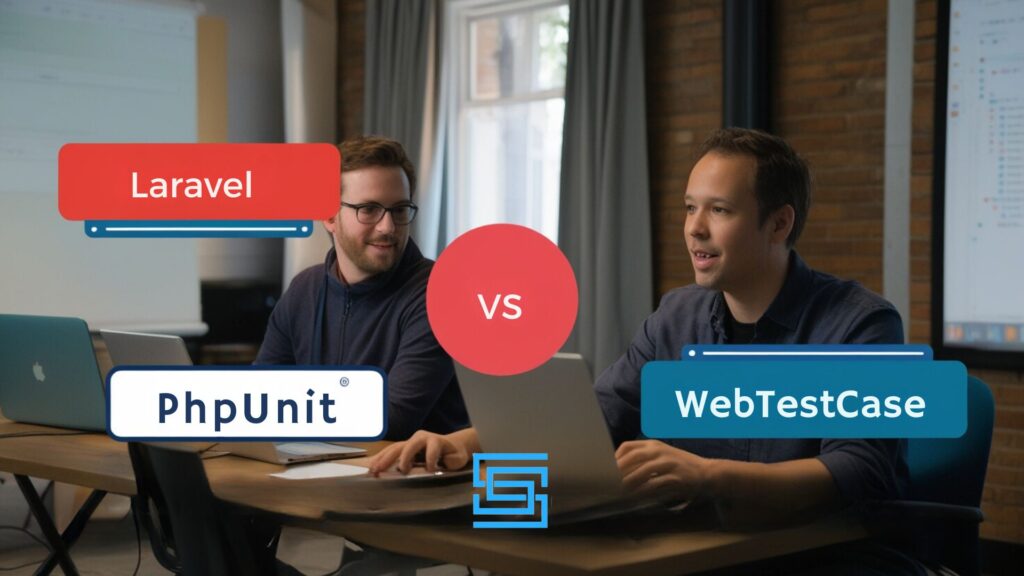
Deployment and Hosting Considerations
When looking at deployment, it goes without saying that developers have to think ahead so that the launch goes on without a hitch.
- Deployment in Laravel: Laravel applications are easily deployable on shared hosting or any cloud server like Digital Ocean and AWS. The process of deploying an application using Laravel Forge has been made very easy, as a server can be set up, and the application can be deployed by the developers in no time. The framework also has services such as Envoyer that can be used to ensure no downtime when deploying the application.
- Deployment in Symfony: On the other hand, applications built with Symfony are able to run however they do require more configuration than their Laravel counterpart, especially in the realm of dependency management and server settings. Symfony Cloud is a possible way to quickly deploy an application for developers willing to invest on cloud managed services. Another thing Symfony brings to the table is the fact that it allows for great flexibility in the time it may take to set up an application. It only carries the caveat that the deployment process, in this case, must be highly custom so that it does conform to some requirements.
Pricing: Open Source and Beyond
Both frameworks are open source, some costs, however, should be taken into consideration.
- Laravel Costs: Deploying in Laravel can be free as the name suggests, however, some premium packages and tools can be at a cost. Also there is going to be a difference in the hosting price dependant on the service provider and some developers may invest in managed hosting to avoid hassles associated with server upkeep.
- Symfony Costs: Symfony is completely in the public domain yet, the developers will still incur costs in deploying the application due to the hosting services as well as certain bundles that will enhance the functionality of the application. Some premium bundles offer more features as well as support that are especially good for large projects.
Real-World Use Cases: When To Choose Between the Two Frameworks
In most cases, the choice of the framework relies on the needs of the project.
- When to Choose Laravel: Suitable for small to medium-size ventures, when developing applications fast, and user-friendliness is of the essence. Startups and their MVPs opt for Laravel because of the speed at which they can develop the offering in the first place and additional support from the community. For example, platforms such as Startups.com and Kappa make use of Laravel framework for its fast deployment.
- When to Choose Symfony: Ideal for large applications with extensive architecture and configurations, which are expensive to alter. Such large companies as Spotify and Blablacar often choose Symfony due to its robust features that enable the management of volumes of traffic and complex applications with various business rules.
Updates and Roadmaps: What`s New In 2025
To take advantage of the advancements made in software, developers have to keep themselves posted with any new updates.
- Laravel Updates: According to the 2025 release notes, the newest version of the framework – Laravel 10 – includes enhancements to the query builder, job batching will be improved, and PHP version 8 will be supported more effectively than it is now. Focus on developer experience continues, making their work easier than it was before.
- Symfony Updates: Development of Symfony 6.3 will mainly provide feature updates to existing functionality which will help to speed up page development. The Symfony community regularly releases new updates that not only expand the functionality but also support the relevant standards of modern PHP.
Developer Preferences: Surveys and Insights
Developer surveys and other studies help reveal the preferences and trends on developers’ choices and the industry at large.
- From the 2023 Developer Survey, 40% of developers used Symfony because of the application architecture flexibility and control, while 60% preferred Laravel for its ease of use and solid ecosystem. This trend may also explain the increase of new developers using Laravel that are entering the industry.
Future-Proofing Your Development: Trends to Watch
Web development is a growing field, and knowing the most recent advancements in the area is very critical and useful for developers.
- Some of the upcoming trends that would change the choice of either Laravel or Symfony include microservices architecture, headless CMS, as well as serverless computing. Developers will likely favour frameworks with attributes that support such trends. For instance, by virtue of Laravel’s substantial API capabilities, it can handle headless applications while the modular characteristic of Symfony is ideal for microservices.
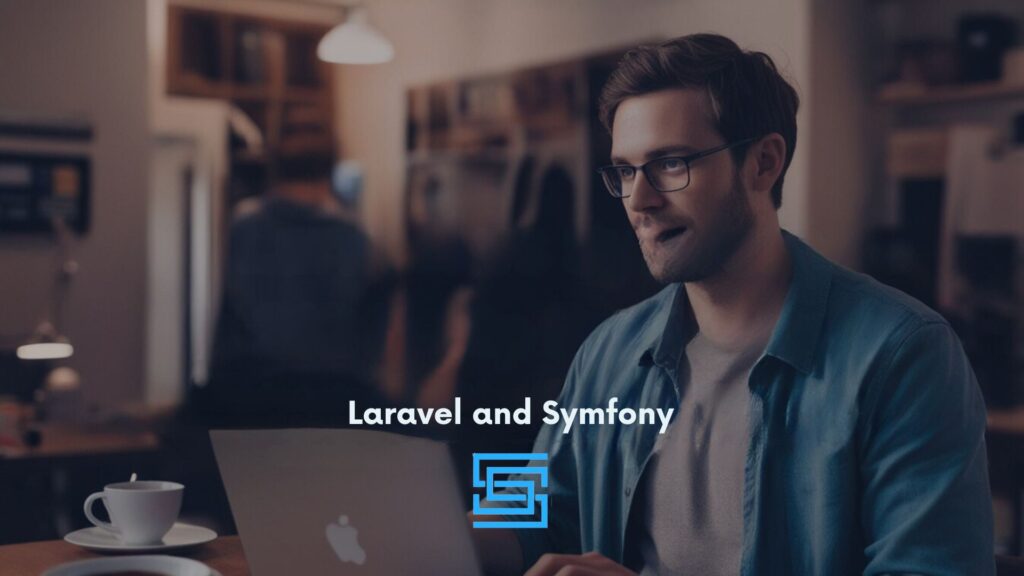
Resources for Learning and Mastery
Let us first look at some of the resources that will be helpful in broadening your scope and understanding of the two frameworks:
Laravel Resources:
- Laravel Documentation – The official documentation is useful and quite detailed for first-timers.
- Laracasts – This is a site with especially video tutorials and courses on Laravel.
Symfony Resources:
- Symfony Documentation – These offer good guides and reference material for Symfony.
- SymfonyCasts – This is a learning platform dedicated to the study of Symfony and its components.
The Need to Narrow Down the Framework
The framework selected for a given project is among the factors that may determine its success, scalability, and maintenance over time. Such concerns as choosing between Laravel and Symfony can be better handled with a clear project focus. This study has provided an analysis of the important features, benefits, and drawbacks of both frameworks which will assist the developers in making relevant and goal-oriented decisions.
Conclusion
On the one hand, Laravel and Symfony have their pros and cons. On the other hand, each of them fits a different type of project as well as developer’s preferences. As features important in 2025, it is apparent that the head to head of Laravel versus Symfony is based on the project requirement and requirement engine, both current and future. They can thus make rational choices regarding their development experience and its impact on the project by comprehending the minor details of every framework.
FAQ
1.What are the major contrasting characteristics of Laravel and Symfony?
- Laravel’s stylized simplicity and readiness for immediate usage means it is perfect for the newcomers while Symfony, with its more extensive input scope and fine grained capability is targeted towards complicated applications.
2.So which framework performs better?
- Performance can depend on the use case but in general I would expect Symfony to outperform its competitors in large, and complex applications, because of its modular approach.
3.Is Laravel a more user-friendly framework than Symfony?
- Yes, Laravel is structured in a way that is quite easy for beginners in comparison to Symfony which is more complex in nature.
4.Are you able to utilize both entities?
- Yes. It is also possible to use Laravel and Symfony components together allowing the developers to combine the best from both these frameworks in one project.
5.Will there be any further major enhancements and modified versions for these frameworks in 2025?
- Yes, both the frameworks keep on having updates. Laravel version 10 and Symfony version 6.3 have also been launched with better features focusing on developer experience and performance reliability.
6.Which framework should I use for a smaller project?
- For smaller projects, most developers use Laravel as it provides a quicker development process.
7.What helps you determine the framework which is best for your purpose?
- Evaluate the features in relation to the specific needs of the project, team experience, and the desired outcome.

